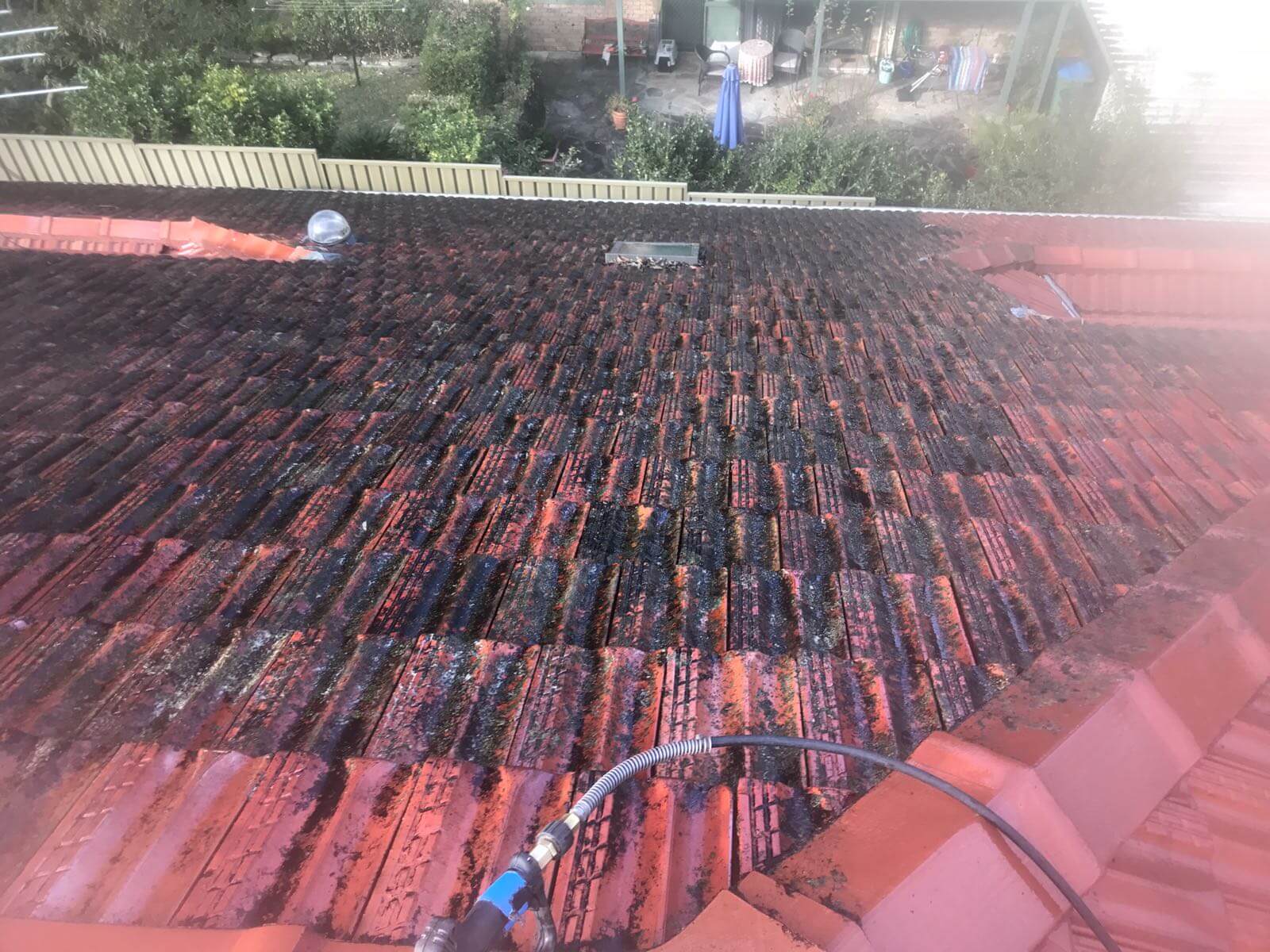Oktoberfest is more than just a beer festival—it’s a celebration of Bavarian culture, heritage, and community. One of the most eye-catching elements of this world-famous event is the traditional Oktoberfest German attire worn by both men and women. Whether you’re attending the festival in Munich or celebrating locally, wearing the right outfit helps you embrace the festive spirit. But what exactly makes up a traditional German Oktoberfest outfit?
For Men: The Classic Bavarian Look
Lederhosen
At the heart of every traditional male Oktoberfest outfit are lederhosen—leather shorts that are rugged, durable, and steeped in tradition. Originally worn by workers in the Alps, they have become a staple of Bavarian attire. Lederhosen typically come with suspenders and ornate embroidery, symbolizing regional pride and craftsmanship.
Shirt
To accompany the lederhosen, men wear a button-up shirt, usually in checkered or solid white cotton. Red, blue, and green checks are most popular. These shirts add color and contrast to the outfit while staying breathable and comfortable for all-day wear.
Socks and Shoes
Knee-high or calf-length wool socks, known as loferl, complete the bottom half of the outfit. They’re often worn with Haferlschuhe—sturdy leather shoes designed for walking and dancing. These shoes are practical and polished, rounding out the look perfectly.
Accessories
Men often add a Trachten hat, usually adorned with feathers, pins, or a brush made from chamois hair. A leather belt or embroidered cross-body pouch called a charivari adds flair while staying practical.
For Women: The Elegant Dirndl Ensemble
Dirndl Dress
The dirndl is the centerpiece of traditional women’s Oktoberfest clothing. It consists of a fitted bodice, full skirt, and apron. This outfit is both flattering and culturally significant. The colors and patterns vary widely, from traditional dark tones to bright, modern options.
Blouse
Under the dirndl dress, women wear a cropped white blouse, often with puffed sleeves and lace or ruffle details. The blouse enhances the neckline and provides a layer of comfort and modesty.
Apron and Its Meaning
The apron is not just a decorative accessory—it carries symbolic meaning. The way the apron bow is tied indicates the woman’s relationship status:
-
Left side: Single
-
Right side: Taken or married
-
Center: Virgin
-
Back: Widow or waitress
Shoes and Hosiery
Ballet flats, pumps, or low heels are common footwear choices. Some opt for ankle boots for a rustic look. Traditional stockings or tights can be worn for added warmth and style.
Accessories
Women often wear accessories such as chokers, flower crowns, or heart-shaped bags. Jewelry with alpine motifs adds charm and ties the whole look together.
Why It Matters
Wearing a traditional Oktoberfest outfit is not just about fashion—it’s a sign of respect for Bavarian heritage and an expression of unity with the festival’s roots. Authentic clothing enhances the experience, creates lasting memories, and connects you to a centuries-old tradition.
Final Thoughts
If you’re planning to attend Oktoberfest, dressing the part adds to the celebration. A traditional German Oktoberfest outfit consists of thoughtful, meaningful clothing pieces that blend culture, comfort, and style. Whether you’re donning lederhosen or tying your dirndl apron, you’re stepping into a festive tradition that’s stood the test of time.

